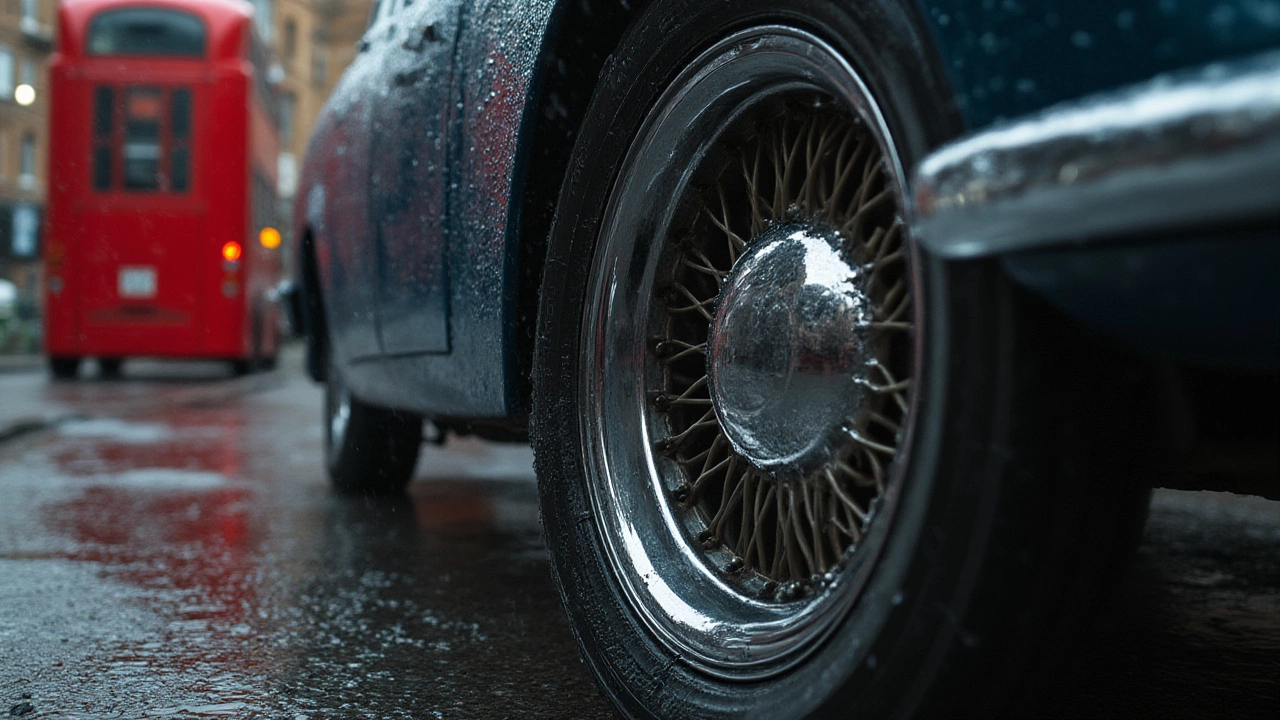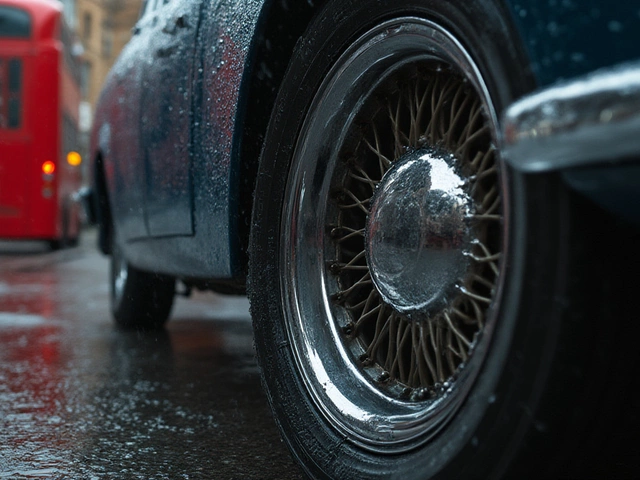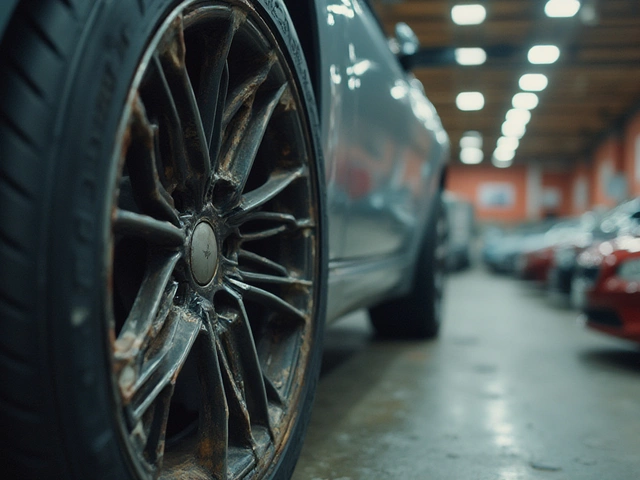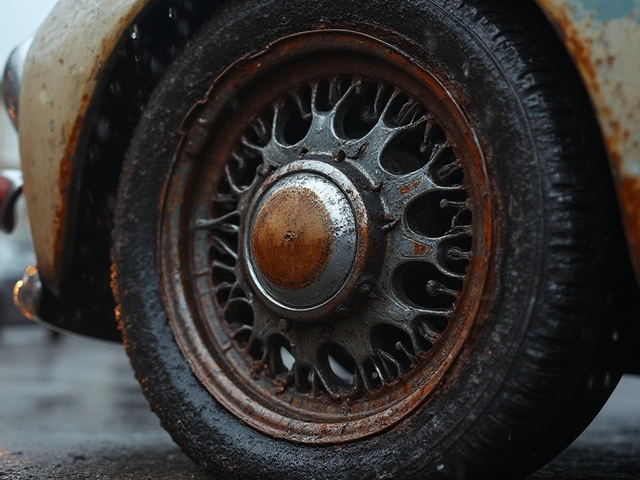The average Aussie expects their car’s alloy wheels to outlast their morning coffee habit — but those shiny rims have a real expiry date. Not many drivers stop to think about it. You see wheels as tough and forever, yet they run smack into reality: potholes, kerbs, that accidental gash from a parallel park gone wrong. Across Melbourne’s suburban sprawl to regional gravel, alloy wheel life isn’t just about kilometres. It’s a battle against weather, driving style and even, sometimes, sunscreen smudges. A surprising 60% of car owners can’t recall when they last checked their wheels for cracks or corrosion. The rest? They hope for the best. If you’re wondering just how many years those alloys will stick around, or whether your weekly car wash actually makes a difference—read on.
What Drives Alloy Wheel Life Expectancy?
It’s tempting to think alloy wheels, forged from aluminium mixes or other metals, are invincible simply because they look tough or cost a bundle. They aren’t. Their expected lifespan doesn’t come with a pretty printed number in your owner’s manual—because honestly, no two sets of wheels live exactly the same life.
Alloy wheels, compared to their heavier steel siblings, boast an average usable lifespan of between 5 to 10 years if well cared for. The range is wide for a reason: every drive, every road hazard, even your choice of cleaning products plays a role. In Melbourne’s mix of city, coastal and country roads, wheels take all sorts of punishment. For the record, manufacturers rate alloys to last the entire projected life of the vehicle, often matching the 10 to 15-year mechanical lifespan of most cars. Yet, data from a 2021 Insurance Australia Group claim analysis shows that alloys are among the top three car parts replaced under accidental damage—often needing a swap after only 6 years because of curb rash, cracks or corrosion.
What knocks years off your wheels? The big three villains are: road damage (from potholes and kerbs), corrosion (yes, that salty Port Phillip Bay air counts if you’re coastal), and aggressive cleaning chemicals. From the moment you leave the dealership, your wheels start fighting the elements. Scratches invite corrosion. Moisture and road salts creep in, breaking down the protective lacquer and encouraging pitting. Then there’s human error: running tyres flat, overloading the vehicle, or hitting potholes at speed. These real-world issues chew through that 10-year theoretical lifespan.
To really get under the hood of what’s attacking your alloys, check out this breakdown of main factors and their average impact, measured in lost years:
| Factor | Average Years Knocked Off Lifespan |
|---|---|
| Frequent curb impacts | 2-3 years |
| Exposure to coastal climate | Up to 2 years |
| Improper cleaning chemicals | 1-2 years |
| Pothole strikes (severe) | 2-5 years (or total failure) |
| Neglected crack detection | Depends – risk of sudden failure |
Not all wheels cope the same. Premium forged alloys, often found on high-spec European cars, tend to last longer than low-cost cast wheels fitted to some budget makes. Heat is another killer—drivers who do repeated hard braking, towing, or city stop-starts generate more heat, which weakens alloys faster.
Signs Your Alloy Wheels Need Attention
Not every scratch means disaster. But how do you spot real trouble? Crack detection and corrosion seem obvious, but most people never look for the warning signs until the shaking starts or the tyre shop worker raises an eyebrow.
The early signs are subtle. Peeling lacquer, tiny bubbles, or dull patches signal corrosion under the surface. Look closer and you may spot hairline cracks hidden near the spoke or rim. A 2022 Roy Morgan survey showed 1 in 5 Melbourne drivers couldn’t identify a compromised wheel by sight, meaning problems often get caught late. So next time you wash your car, don’t just focus on paintwork—check your wheels for these signs:
- Small blisters or bubbles on the wheel surface (early-stage corrosion)
- White residue or powdery build-up (oxidation)
- Fine cracks, especially on spokes or by bolt holes
- Bent or out-of-round appearance (from pothole or kerb strikes)
- Persistent air leaks in tyres (may hint at rim cracks or corrosion)
- Vibrations while driving, even after balancing the wheels
If any of these signs pop up, it’s time for a closer look—either at home with a torch or from a professional wheel specialist. Ignoring these can mean a sharp decrease in alloy wheel life expectancy. The real risk? A crack or severe corrosion can snap a wheel at speed, especially over bumps.
Modern alloy designs have improved compared to the 1990s alloy wheels (remember those odd thick five-spoke wheels on old Falcons?). Now, with lightweight multi-spoke styles dominating, the structure is more complex and, in some cases, more vulnerable to bending or cracking under Aussie road conditions. Tyre size and low-profile tyres also increase the risk—less rubber means less shock protection during impacts.

How to Boost Your Alloy Wheels’ Lifespan
So, what’s the secret to making your wheels last the distance? A bit of TLC goes a long way. If you’re the type to cut corners at the servo’s car-wash bay, it might be time for some better habits.
- Wash regularly, but gently: Use pH-neutral car shampoos, soft brushes, and rinse off road salts and brake dust. Skip strong acids or home remedies like vinegar, which chew through protective coatings.
- Dry wheels after washing: Leaves less chance for water spotting and slow-burn corrosion.
- Apply a quality wheel wax or sealant after cleaning: Plenty of local car care brands make these for extra peace of mind against grime and moisture.
- Check for damage monthly: A quick flashlight inspection at home can catch cracks and corrosion before they become critical. Pay special attention after big drives, scrapes, or kerb kisses.
- Fix small chips or scratches promptly: A dab of clear lacquer or touch-up paint can stop corrosion in its tracks.
- Don’t ignore tyre pressure: Running tyres below the correct pressure increases the risk of bent rims and damage from potholes.
- Switch tyres seasonally if driving in coastal or hot, dry areas: UV rays and sea spray attack both rubber and metal.
- Avoid parking in boggy or salty environments: Car parks right near the shore or near construction create corrosion hot zones.
- If you kerb a wheel, have it checked: Modern workshops use digital measuring systems to spot bent wheels that the eyes can’t.
Routine keeps problems at bay, but it also saves you money. Studies by Tyre Stewardship Australia in 2023 showed Melbournian drivers who clean and inspect their wheels every month save around $240 on average per year in avoidable repairs. There’s no magic here—just attention to detail and sticking to a simple schedule.
If you want DIY longevity, it’s also worth rotating your tyres; even wear makes for even stress on every wheel. Aftermarket wheel care products like hydrophobic sprays and ceramic coatings are legitimate future-proofing—ask any detailer in Melbourne’s northeast.
When Should You Replace Your Alloy Wheels?
The line between repairable damage and needing a new wheel can get blurry fast. Small scuffs and minor rim rash? Usually fixable at a wheel repair shop. But cracks, bending, deep corrosion and lost chunks from big hits are red flags for full replacement.
Experts use a simple litmus test: If the structural integrity is in doubt, or if the cost of repair approaches half the price of a new wheel, it’s smarter and safer to replace. Most wheel manufacturers and safety authorities recommend changing alloys if any of the following occur:
- Cracks longer than 3cm, especially those reaching the rim or spokes
- Multiple cracks or fractures — concentrated stress points lead to catastrophic failure
- Bent wheels that cannot be re-rounded within tolerance (usually 1-2mm from true in Australia)
- Corrosion that penetrates through the wheel or causes sharp edges
- Repetitive vibration even after balancing and alignment
- Accident damage or air leaks that cannot be permanently sealed
Don’t fall for cosmetic fixes if the underlying metal is weak. There’s an old workshop saying: "You can buff a scratch, but you can’t buff a crater." If you spot issues, get a second opinion from a trusted specialist dealing with alloys, especially for performance or high-speed highway driving.
Here's a tip for buyers of used cars: ask for the alloy wheel history. If you don’t have records or if the wheels look straight off a Gumtree bargain bin, budget for at least an inspection and possibly replacements. Wheels on pre-loved rides might be hiding secret damage, and fixing them before problems start is way cheaper than dealing with a blowout at 100km/h.
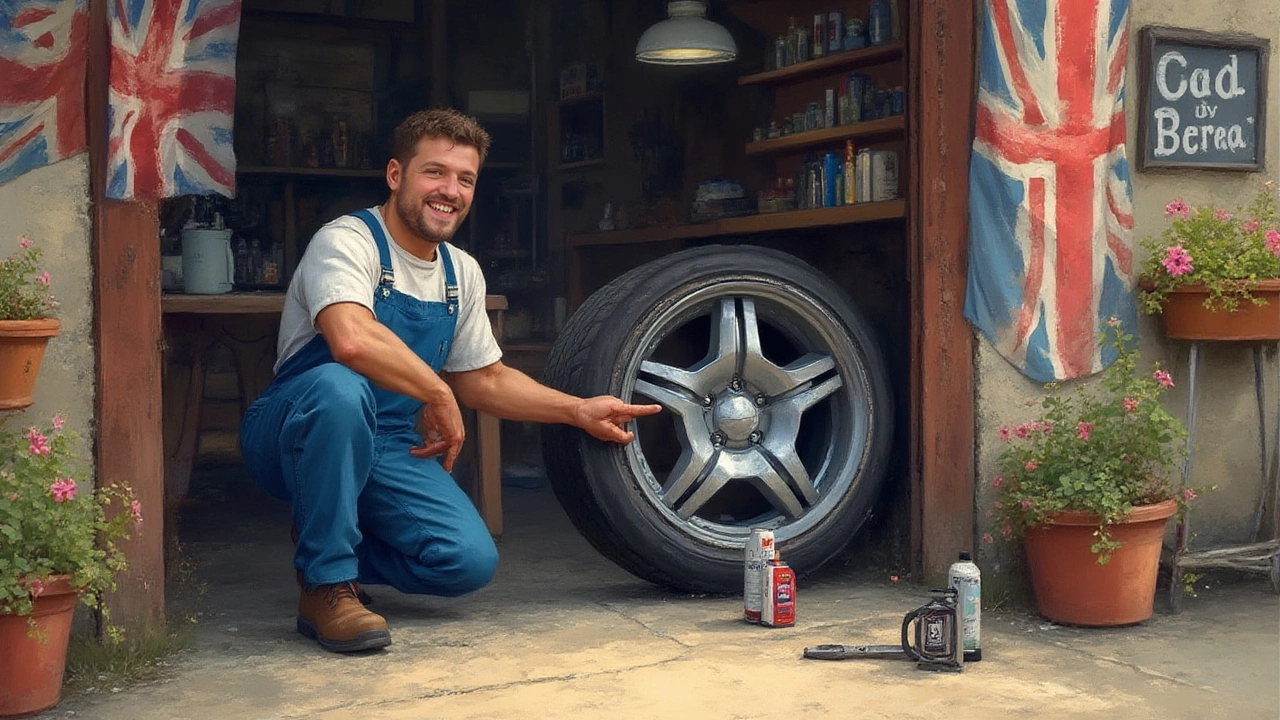
Future-Proofing Your Wheels: New Tech on the Horizon
Worried about replacing wheels every five years? Car tech is moving fast, and the next generation of alloys is tougher than ever. By 2025, major wheel makers are producing hybrid alloys—mixes of aluminium with rare elements like scandium, promising up to a 30% boost in crack and corrosion resistance. Some European models hitting the Aussie market also use full-flow forming, which compresses the metal structure for extra toughness without adding weight.
Interactive wheels are creeping in too. These wheels feature built-in sensors that alert drivers to cracks, pothole hits, or even unusual vibrations through your infotainment screen. It’s like a fitbit for your wheels, and it’s already showing up on a handful of EVs and high-end sports SUVs. The take-home? Future cars might warn you before a wheel fails, which gives everyone a leg up on safety and extending wheel lifespan.
It helps, though, to look backwards. Most alloy wheels made in the last decade outperform those from the early 2000s, thanks to modern coating tech and tighter Australian safety codes (ADR regulations). Stick with wheels from trusted OEMs or respected aftermarket brands—knock-offs are notorious for snap-happy behaviour under real-world use.
If you love custom looks, balance beauty with function. Lighter wheels might look slick, but weigh up claimed strength ratings against real tests and reviews. Who wants style if your wheels shatter over Melbourne’s tram tracks or dissolve near salty sea spray?
So, next time you’re admiring your wheels or considering an upgrade, remember—those alloys have a story and a finite lifespan, one you can stretch or cut short by how you drive and care for them. Look after them and, odds are, they’ll stay right there beside you well past that next car wash—and maybe the one after, too.

